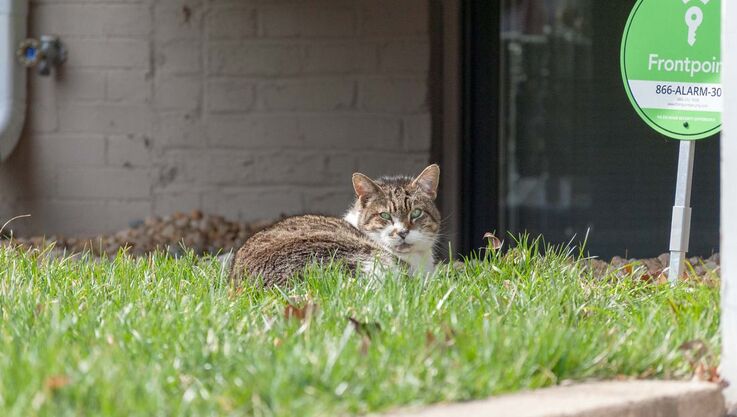How to Help Community Cats
The dropdown menu of this section of our website provides resources to help individuals do TNR and other hands-on work, as well as resources to use as evidence of the falsity of common myths about community cat predation.
Regardless of where you live, it’s likely that you share common space with community cats. Community cats are unowned cats who live outdoors in groups. Although they are the same species as your pet cat, they are typically not socialized or friendly towards humans. Also known as feral cats, they live happy, healthy lives with one another in their outdoor communities. The only humane and effective approach to community cats is known as Trap-Neuter-Return (TNR), and it helps both the cats and the neighborhoods where they live.
In the TNR approach, community cats are trapped, spayed or neutered, vaccinated, ear-tipped for identification and returned to their outdoor home. This program compassionately manages community cats through non-lethal means. Existing community cats become healthier and easier to to track, and the number of cats will decrease due to a decline in birth rates. Ultimately, both neighborhood communities and cat groups alike will benefit from the implementation of TNR programs.
Regardless of where you live, it’s likely that you share common space with community cats. Community cats are unowned cats who live outdoors in groups. Although they are the same species as your pet cat, they are typically not socialized or friendly towards humans. Also known as feral cats, they live happy, healthy lives with one another in their outdoor communities. The only humane and effective approach to community cats is known as Trap-Neuter-Return (TNR), and it helps both the cats and the neighborhoods where they live.
In the TNR approach, community cats are trapped, spayed or neutered, vaccinated, ear-tipped for identification and returned to their outdoor home. This program compassionately manages community cats through non-lethal means. Existing community cats become healthier and easier to to track, and the number of cats will decrease due to a decline in birth rates. Ultimately, both neighborhood communities and cat groups alike will benefit from the implementation of TNR programs.
|
|
|
|

